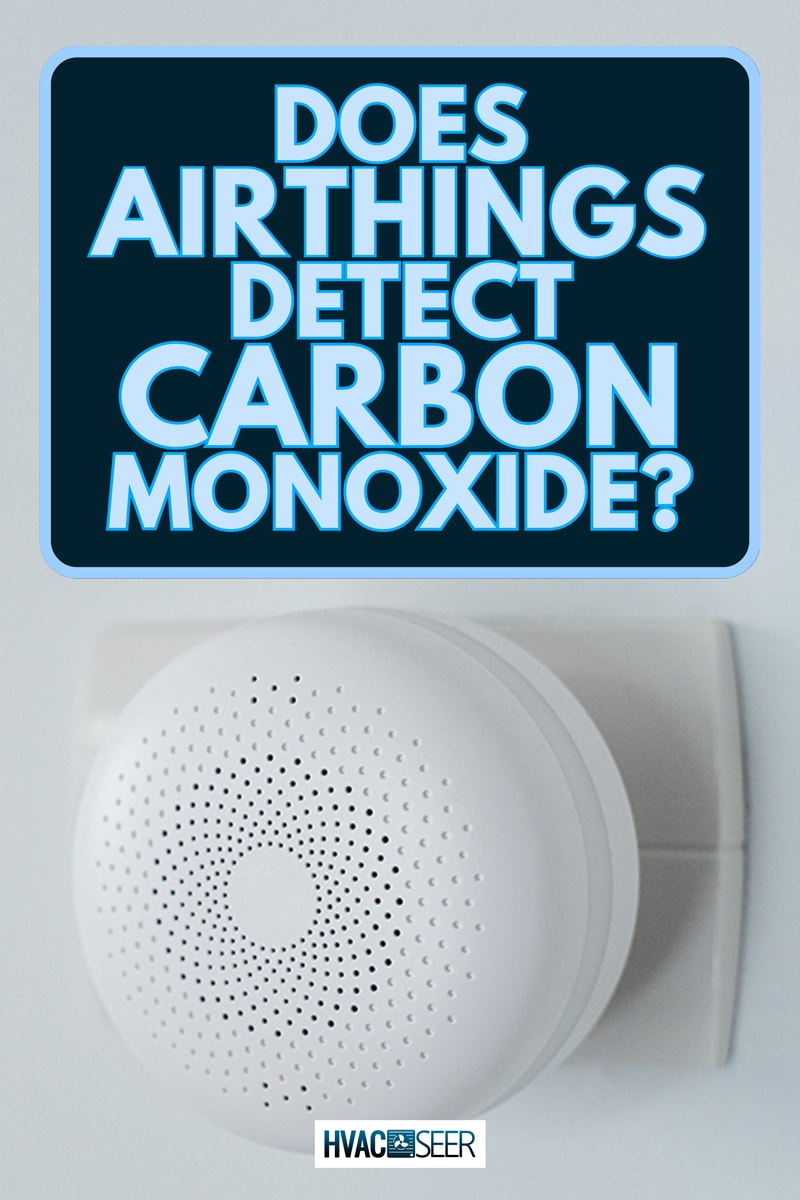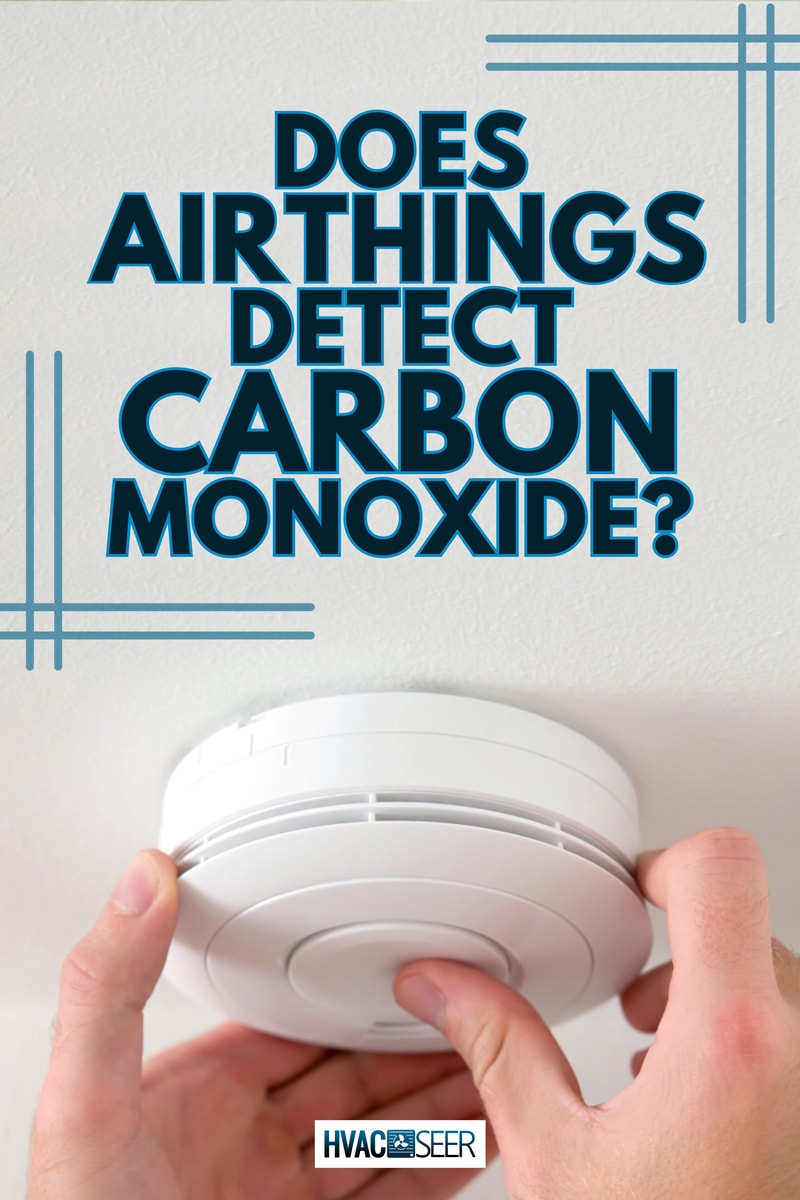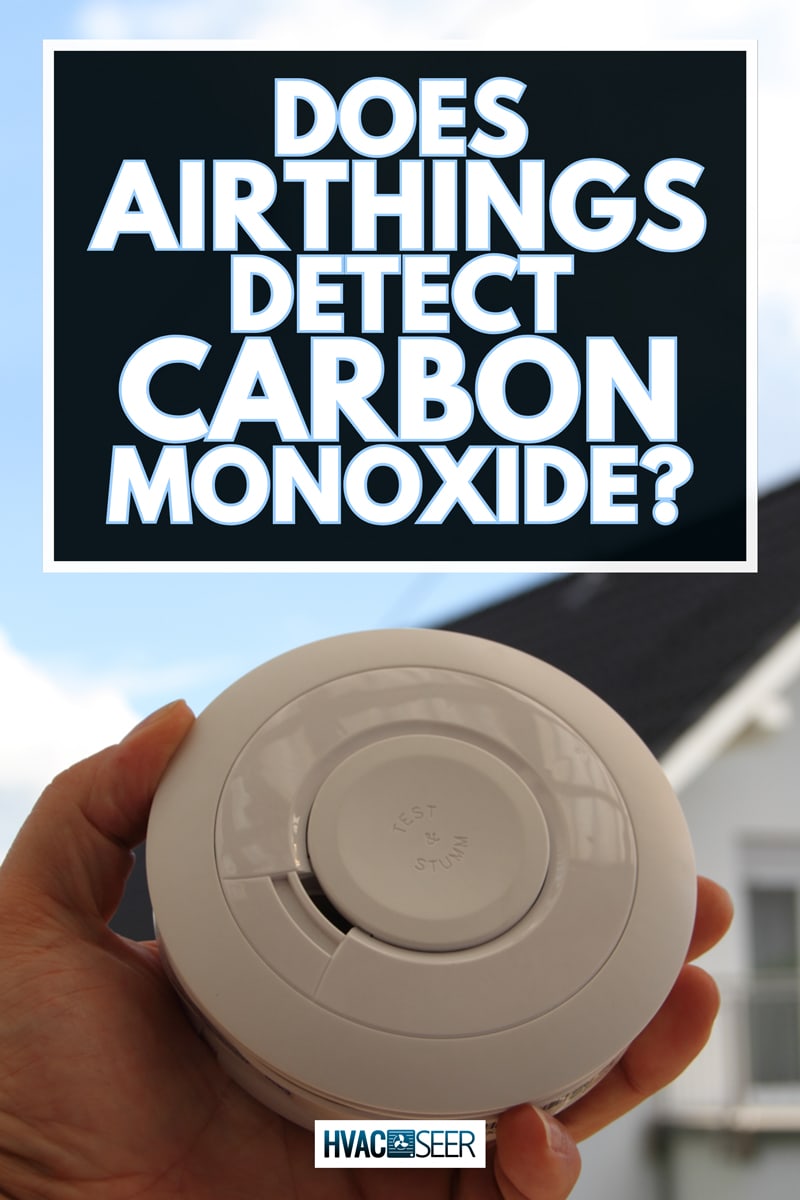Airthings has developed an innovative and all-encompassing solution for monitoring the quality of the air inside your home. If you're wondering whether their technology can detect carbon monoxide (CO), we've delved into this matter to provide you with the information you need.
Airthings do not specifically detect CO, only radon, volatile organic compounds (VOCs), carbon dioxide (CO2), humidity, temperature, air pressure, etc.
Keep reading to learn more about Airthing's state-of-the-art technology and how it can benefit you and your home.
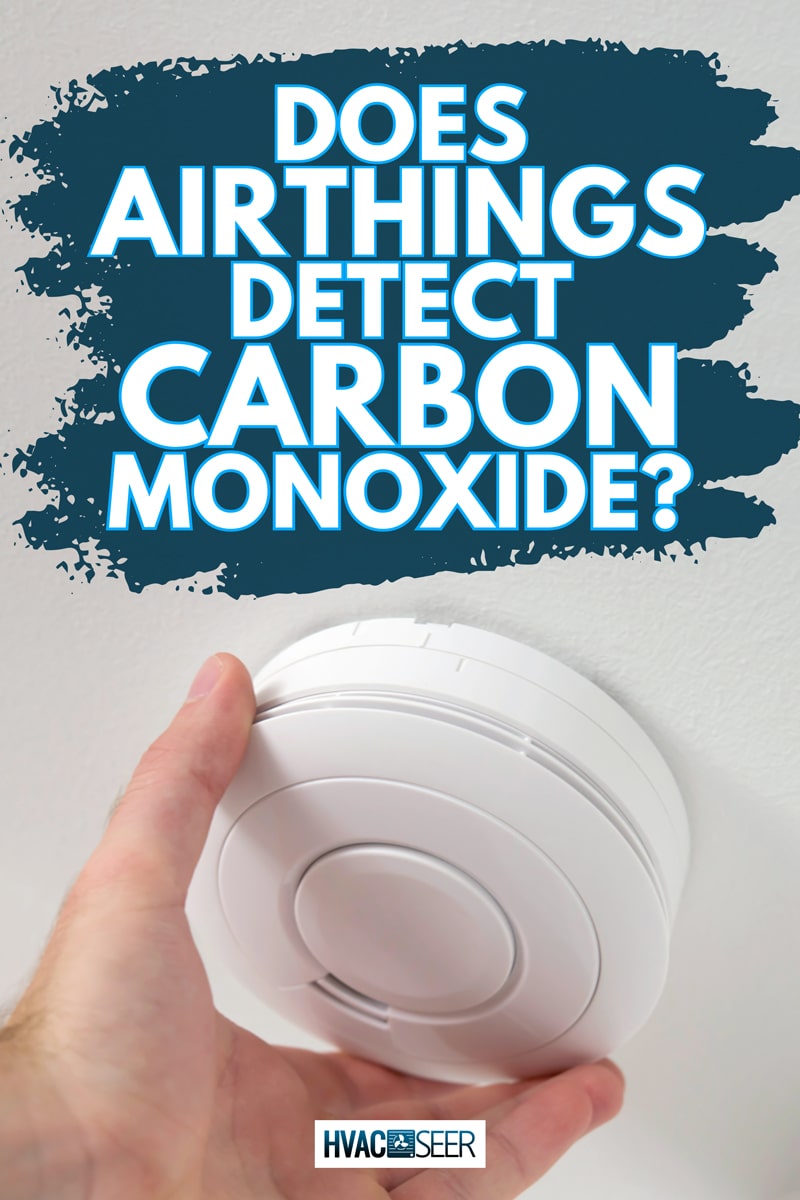
What Is Airthings And How Does It Work?
Airthings is a brand that produces indoor air quality monitors that measure various parameters. These monitors are designed to help users monitor and improve their indoor air quality.
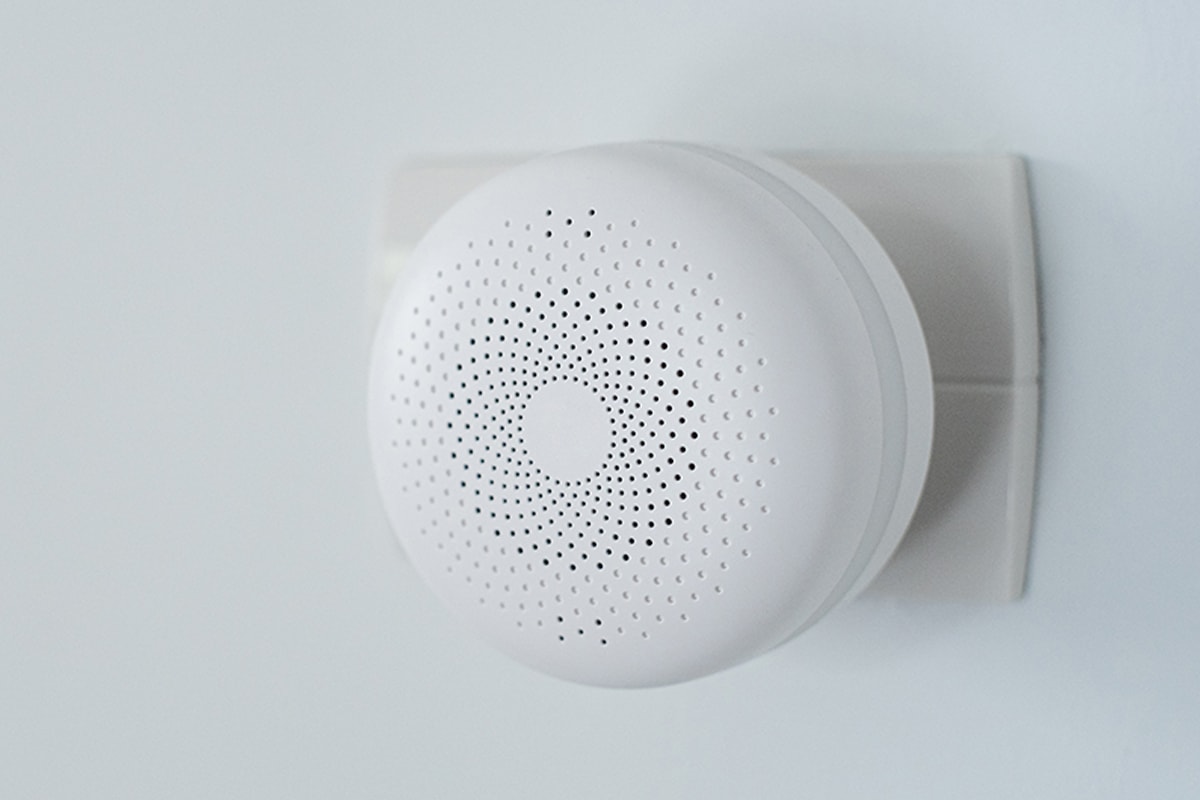
Airthings devices work by using sensors to measure the various parameters of indoor air quality. The sensors detect the levels of different gases and transmit the data to the Airthings app.
The app then displays the data in an easy-to-understand format, allowing users to see how their indoor air quality is changing over time.

The Airthings app also provides real-time alerts when indoor air quality parameters reach dangerous levels. In addition, the app provides tips and recommendations for improving indoor air quality based on the data collected by the monitor.
Is Airthings Capable Of Detecting Carbon Monoxide Gas?
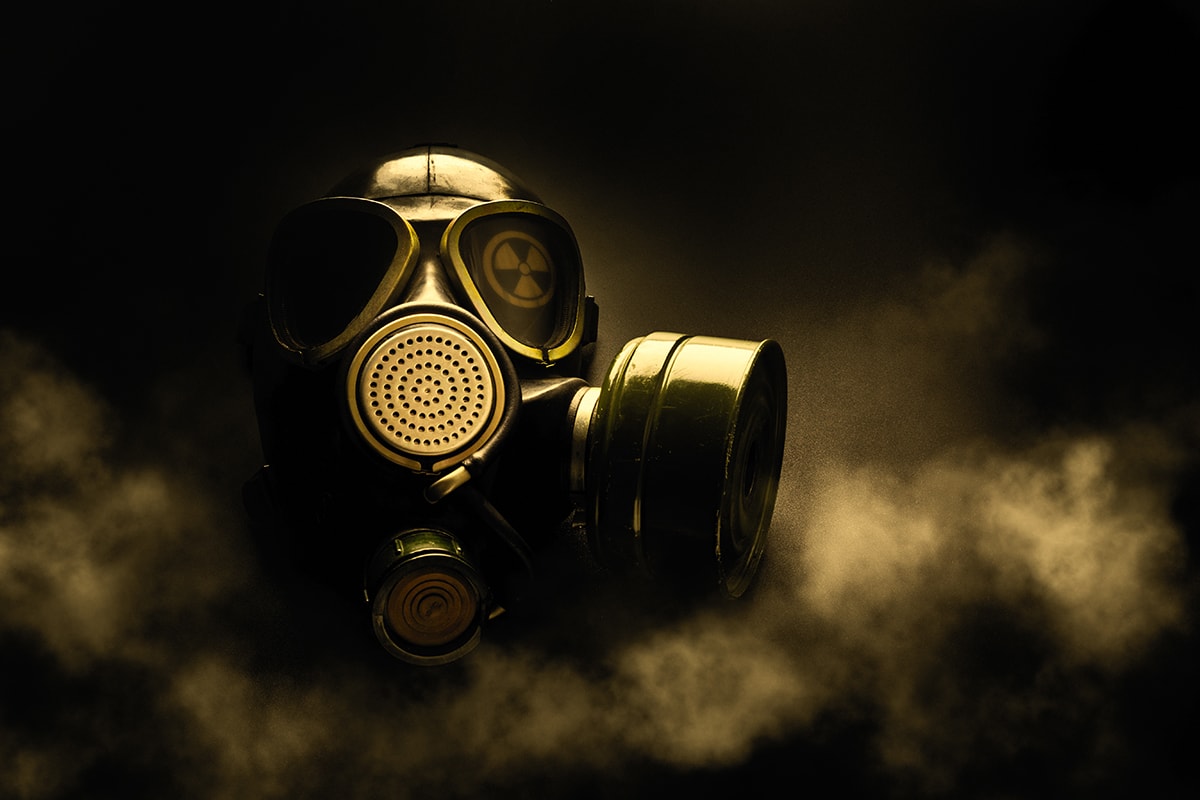
CO is a colorless, odorless, and tasteless poisonous gas that can be emitted by various household appliances, including gas furnaces, boilers, and stoves.
This gas is a result of incomplete combustion, and it can accumulate in enclosed spaces, such as homes and garages, leading to potential health hazards.
Being subjected to elevated levels of CO may result in a variety of symptoms, including headaches, dizziness, nausea, weakness, confusion, and even death.
The symptoms of CO poisoning are often mistaken for other illnesses, making it essential to have a reliable way to detect the presence of CO in your home.
Airthings monitors are an excellent way to detect a range of other pollutants in your home. However, they do not have the capability to specifically detect CO.
Therefore, it is crucial to have a dedicated CO detector installed in your home to protect yourself and your loved ones from the potential dangers of CO exposure.
CO detectors are specially designed to detect even low levels of CO gas and sound an alarm when CO levels become dangerous. These devices can be purchased from hardware stores or online retailers and are relatively easy to install.
Moreover, it is important to read and follow the manufacturer's instructions carefully and to regularly test your CO detector to ensure that it is working correctly.
It is also worth noting that CO detectors have a lifespan and may need to be replaced every 5-7 years, depending on the manufacturer's recommendations. Also, it is essential to keep track of the age of your CO detector and replace it when needed.
What Pollutants Can Airthings Monitors Detect?

Airthings monitors are designed to detect a range of pollutants and contaminants that can affect indoor air quality. Here are some of the main pollutants that Airthings monitors can detect:
Radon
The colorless and odorless gas known as radon is created when uranium naturally decays in water, rock, and soil. It can enter buildings through cracks and foundation openings and may accumulate to hazardous concentrations. If individuals are exposed to high levels of radon for extended periods, they may have an increased risk of developing lung cancer.
VOCs
They are a group of chemicals that are emitted by a variety of household products, such as paints, solvents, cleaning agents, and building materials. Itchy eyes, noses, and throats, headaches, and nausea are just a few of the symptoms that might appear after being exposed to high concentrations of VOCs.
CO2
The combustion of fossil fuels and human breathing both result in the release of CO2, an odorless and colorless gas. High levels of carbon dioxide can indicate poor ventilation and can cause headaches, dizziness, and fatigue.
Humidity
It refers to the amount of moisture in the air. Mold and mildew can grow more readily in environments with high humidity, which can cause respiratory problems, while low humidity can cause dry skin, respiratory irritation, and other health problems.
Temperature
Temperature can affect indoor air quality by influencing the rate of chemical reactions and the growth of microorganisms. High temperatures can cause discomfort and increase the risk of dehydration, while low temperatures can contribute to the growth of mold and other pollutants.
Air pressure
It refers to the force exerted by air molecules on a surface. Changes in air pressure can affect ventilation and the movement of pollutants in the air.
In addition to these main pollutants, Airthings monitors may also be able to detect other pollutants, such as formaldehyde, nitrogen dioxide, and particulate matter. However, the specific pollutants that an Airthings monitor can detect will depend on the model and features of the device.
It's important to carefully review the specifications of a monitor before purchasing it to ensure that it will meet your needs and address your specific concerns about indoor air quality.
What Are The Recommended Locations For Installing Airthings?
To get the most accurate and representative readings, it is important to install Airthings devices in appropriate locations. Here are some recommended locations for installing Airthings:
Living Areas
Areas such as living rooms, bedrooms, and family rooms are good locations for Airthings devices as they are typically the areas where people spend the most time.
Kitchens
These areas can be a significant source of indoor pollutants due to cooking activities, and installing an Airthings device in this area can help monitor for CO, VOCs, and humidity.
Basements
Basements are a common location for radon buildup, and an Airthings device can help detect elevated radon levels.
Home Offices
If you spend a significant amount of time working in a home office, consider installing an Airthings device to monitor for pollutants that can affect indoor air quality.
Nurseries
The detrimental consequences of indoor air pollution are more likely to affect young children and babies, so installing an Airthings device in a nursery can help ensure that the air they breathe is as clean as possible.
When installing an Airthings device, you should follow the manufacturer's instructions for placement to avoid areas that are too close to doors, windows, or air vents, as these can affect the accuracy of the readings. Regular calibration of the device is also recommended to ensure accurate and reliable data.
How Often Should Airthings Be Calibrated For Accurate Readings?
To ensure accurate readings, it is important to calibrate these devices regularly. The frequency of calibration for Airthings devices can vary depending on several factors, including the specific model of the device, the environment in which it is used, and the manufacturer's recommendations.
Generally, it is recommended to calibrate the device every 12 months, although some models may require more frequent calibration.
Calibration is the process of adjusting the device to ensure that it is providing accurate readings. This involves exposing the device to known concentrations of pollutants and adjusting its settings to match those concentrations. Calibration can be performed by the manufacturer, a qualified technician, or by the user themselves using calibration tools.
In addition to regular calibration, it is also important to perform routine maintenance on Airthings devices to ensure their continued accuracy. This may include cleaning the device, replacing batteries, and checking for any damage or wear and tear that may affect its performance.
It is also important to note that the accuracy of Airthings devices can be affected by factors such as changes in temperature, humidity, and barometric pressure. For this reason, it is recommended to keep the device in a stable environment and avoid exposing it to extreme conditions.
What Other Devices Can Detect Carbon Monoxide?
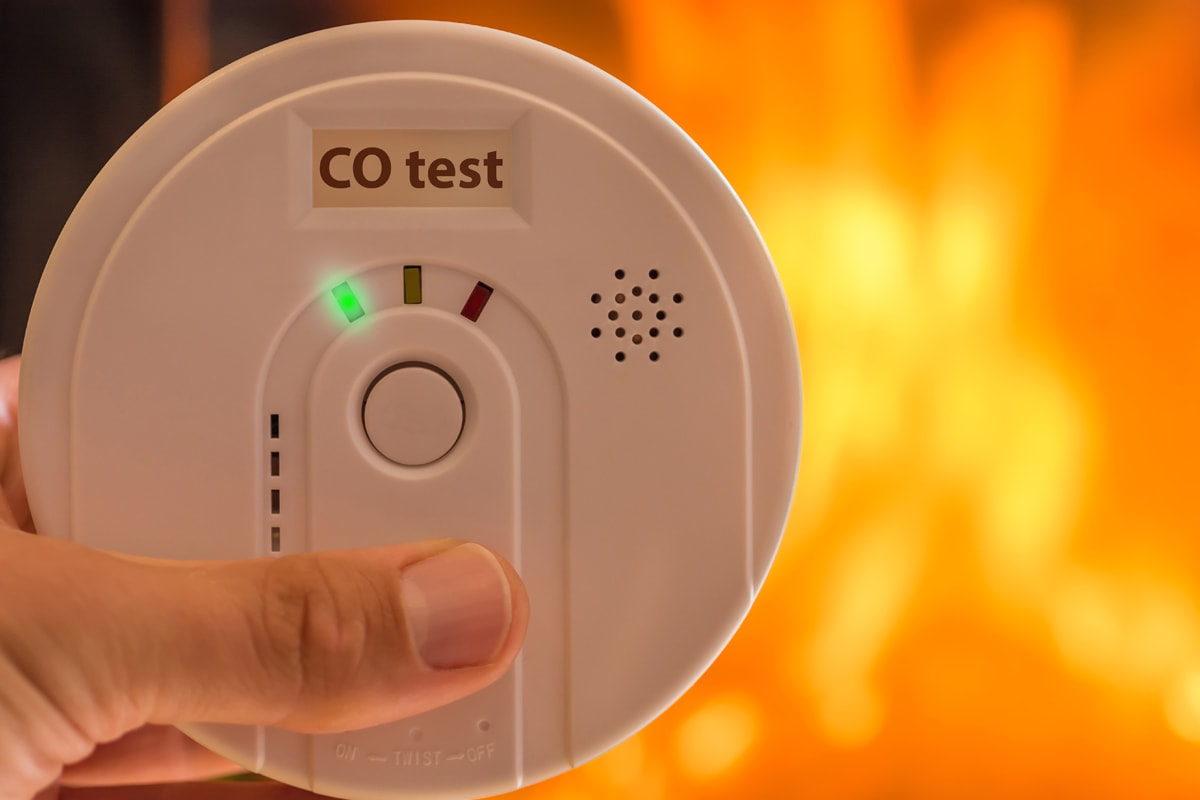
As said, exposure to high levels of CO can be deadly, making it important to have effective CO detection systems in place. If Airthings can’t detect CO, there are several other devices that can detect it and these are:
Traditional CO Detectors
These detectors are standalone devices that use electrochemical sensors to detect CO. They are typically installed in bedrooms, hallways, or other areas where people spend a lot of time. They can be battery-powered or hardwired into the electrical system of a home.
Combination Smoke/CO Detectors
These are devices that combine smoke detection with CO detection. They use both ionization and photoelectric sensors to detect smoke and electrochemical sensors to detect CO. These detectors are commonly used in homes and apartments to provide both smoke and CO detection in one device.
Smart Home Devices
These devices, such as smart thermostats and home security systems, can also detect CO. Some smart thermostats come equipped with sensors that can identify high CO levels, while some home security systems have CO sensors as part of their overall monitoring capabilities.
Portable CO Detectors
They are battery-operated devices that can be taken with you when you travel or used in areas where CO exposure is a concern, such as in garages or basements.
They are typically smaller and less expensive than traditional CO detectors and are often used by people who are sensitive to CO or have respiratory issues.
Industrial and Commercial CO Detectors
In industrial and commercial settings, specialized CO detectors are often used. These devices are designed to monitor CO levels in large spaces, such as factories or warehouses, and can be more sensitive and accurate than residential detectors.
Conclusion
Though Airthings devices do not detect CO directly, it is still a reputable company that produces indoor air quality monitors. To ensure the safety of your household, it's crucial to have both an indoor air quality monitor and a carbon monoxide detector in your home.
Explore some of the fascinating topics we have curated for you below.

